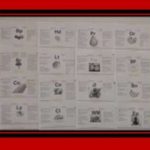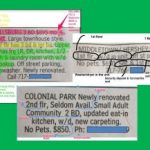
What child doesn’t like playing with toys? When my children were young, they received a lot of toys from family and friends. Some of those toys were appropriate and safe for their age and abilities and others were too advanced and were put back for a later time. To some people, toys are toys and safety, age and ability play no part in their selection. I like to provide my students with an overview of the types of toys recommended for each age and stage of a child’s early years. After discussing some criteria to keep in mind, the best way to evaluate or analyze a toy for age appropriateness is to actually play with them. So, the toy stations go up and the big kids “play” and utilize their resources to help them determine the toy’s age/stage and justify their answer. This is always a fun activity as students see and explore new toys they’ve never had or played with, along with reminiscing about those they did play with, as youngsters! No toys? No worries as I’ve included an alternate activity to accomplish the same thing!
Read more →











